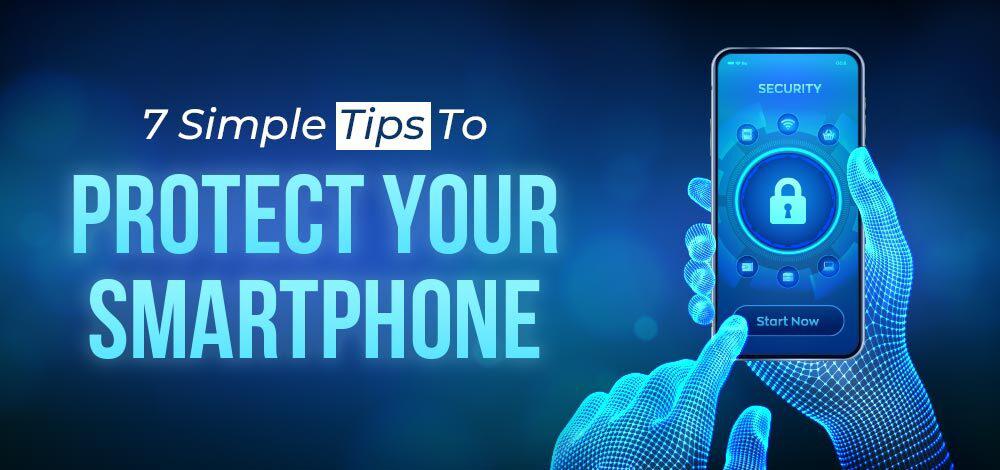

Smartphone Security: Essential Tips for Safety
As smartphones become an integral part of our daily lives, ensuring their security is paramount. In this article, we’ll delve into crucial smartphone security tips to help safeguard your device and personal information.
1. Set a Strong Passcode or Biometric Lock
The first line of defense for your smartphone is a robust passcode or biometric lock. Avoid using easily guessable codes and opt for a combination of numbers, letters, and symbols. Biometric options, such as fingerprint or facial recognition, add an extra layer of security, making it harder for unauthorized users to access your device.
2. Regularly Update Your Operating System
Operating system updates often include security patches that address vulnerabilities. Ensure your smartphone’s operating system is up-to-date to benefit from the latest security improvements. Enable automatic updates if available, or manually check for updates regularly.
3. Install a Reputable Security App
Consider installing a reputable security app to provide an additional layer of protection against malware, viruses, and other threats. These apps often include features such as antivirus scanning, secure browsing, and anti-theft functionalities. Regularly update the security app to stay protected against evolving threats.
4. Be Mindful of App Permissions
When installing apps, pay attention to the permissions they request. Only grant necessary permissions for an app to function properly. Review and adjust app permissions in your smartphone settings to minimize potential privacy risks. Be cautious of apps that request access to sensitive information without a valid reason.
5. Use Secure Wi-Fi Connections
Avoid connecting to public Wi-Fi networks for sensitive activities like online banking or shopping. If necessary, use a virtual private network (VPN) to encrypt your internet connection, ensuring that your data remains secure, even on unsecured networks. Prioritize using trusted and password-protected Wi-Fi networks whenever possible.
6. Enable Find My Phone Feature
Most smartphones come with a built-in “Find My Phone” feature. Activate this feature to locate your device in case it’s lost or stolen. This functionality often includes the ability to remotely lock or erase your device, protecting your personal data from unauthorized access.
7. Beware of Phishing Attempts
Be cautious of phishing attempts through emails, messages, or pop-ups. Avoid clicking on suspicious links and never provide sensitive information in response to unsolicited requests. Verify the legitimacy of communication from unknown sources before taking any action.
8. Secure Your Lock Screen Notifications
Limit the amount of information displayed on your lock screen to protect your privacy. Configure your smartphone settings to hide sensitive content from notifications, ensuring that prying eyes cannot access your personal messages or other confidential information without unlocking your device.
9. Backup Your Data Regularly
Regularly backup your smartphone’s data to prevent data loss in case of theft, damage, or malfunction. Use cloud services or connect your device to a computer to create backups. This ensures you can restore your important data if the need arises.
10. Educate Yourself on Security Best Practices
Stay informed about the latest security threats and best practices. Be proactive in educating yourself on emerging security issues and how to mitigate them. Awareness is key to maintaining a secure smartphone environment.
In conclusion, prioritizing smartphone security is essential in today’s interconnected world. By implementing these tips, you can significantly reduce the risk of security breaches and protect your personal information. For more in-depth insights on Smartphone Security Tips, check out tanktroubleplay.com. Stay secure and enjoy the benefits of your smartphone worry-free.






